
Juan Ravenet, or Giovanni Ravenet (1766, Sala Baganza - c.1821, Madrid) was an Italian painter and engraver of French ancestry who received his education in Parma. He is primarily known for participating in the Malaspina Expedition.

Juan Ravenet, or Giovanni Ravenet (1766, Sala Baganza - c.1821, Madrid) was an Italian painter and engraver of French ancestry who received his education in Parma. He is primarily known for participating in the Malaspina Expedition.
His father was the French-born engraver, Gian Francesco Ravenet (originally, Simon Jean François Ravenet ), who worked for the Duchy of Parma. [1] His grandfather, Simon François Ravenet, was also a well-known engraver. He studied at the Accademia di Belle Arti di Parma, where he stood out as a portraitist. [2]
Together with the painter, Fernando Brambila, he joined the scientific mission led by Alejandro Malaspina in Acapulco, Mexico, in 1791. He was commissioned to paint portraits of the people they encountered and scenes from daily life. Upon completing the mission, he remained in Spain, as part of his contract; continuing to produce drawings and engravings for the Royal Court. [3]
After Malaspina fell out of favor, he lost his position and suffered financial problems, but was able to support himself by working for the Spanish Navy. During the Peninsular War, his loyalties were questioned because of his French origins and he had to take refuge in France. He later returned to Madrid and died there; probably in 1821. His works from the expedition were not published until many years after his death. [4]

Charles IV was King of Spain and ruler of the Spanish Empire from 1788 to 1808.
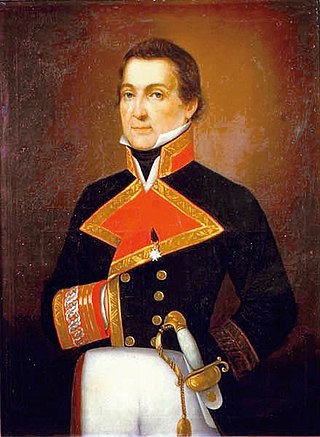
Alejandro Malaspina was a Tuscan explorer who spent most of his life as a Spanish naval officer. Under a Spanish royal commission, he undertook a voyage around the world from 1786 to 1788, then, from 1789 to 1794, a scientific expedition throughout the Pacific Ocean, exploring and mapping much of the west coast of the Americas from Cape Horn to the Gulf of Alaska, crossing to Guam and the Philippines, and stopping in New Zealand, Australia, and Tonga.
The ideas of the Age of Enlightenment came to Spain in the 18th century with the new Bourbon dynasty, following the death of the last Habsburg monarch, Charles II, in 1700. The period of reform and 'enlightened despotism' under the eighteenth-century Bourbons focused on centralizing and modernizing the Spanish government, and improvement of infrastructure, beginning with the rule of King Charles III and the work of his minister, José Moñino, count of Floridablanca. In the political and economic sphere, the crown implemented a series of changes, collectively known as the Bourbon reforms, which were aimed at making the overseas empire more prosperous to the benefit of Spain.
Dr. Pablo de la Llave (1773–1833) was a Mexican Catholic priest, politician, and naturalist.
Rafael Ximeno y Planes was a Spanish painter and draughtsman born in Valencia and deceased in Mexico.
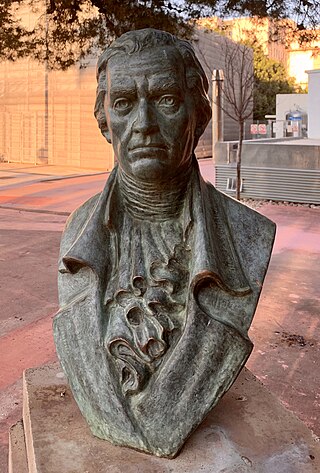
Francisco Javier de Balmis was a Spanish physician best known for leading an 1803 expedition to Spanish America and the Philippines to vaccinate populations against smallpox. His expedition is considered the first international vaccination campaign in history and one of the most important events in the history of medicine. It inspired recent vaccination efforts such as that of Carlos Canseco, president of Rotary International, to start the worldwide program PolioPlus to eradicate polio.
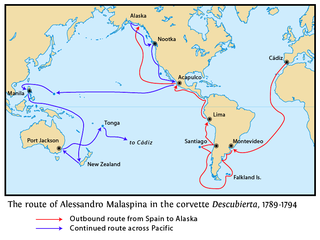
The Malaspina Expedition (1789–1794) was a five-year maritime scientific exploration commanded by Alessandro Malaspina and José de Bustamante y Guerra. Although the expedition receives its name from Malaspina, he always insisted on giving Bustamante an equal share of command. Bustamante however acknowledged Malaspina as the "head of the expedition" since the beginning.
Tomás de Suría was a Spanish artist and explorer. He accompanied Alessandro Malaspina during his expedition along the west coast of North America from 1789 to 1795.
Juan José Ruperto de Cuéllar y Villanueba was a Spanish pharmacologist and botanist. From 1786 to 1797 he was the leader of a royal botanical expedition to the Philippines.

Simon François Ravenet was a French engraver. In Britain he is usually termed Simon Francis Ravenet. He was one of William Hogarth's assistants.

Tomás de Yepes or Hiepes was a Spanish painter in the Kingdom of Valencia. An artist of the Baroque movement, he worked as a painter of still life and bodegón—still life paintings depicting pantry items. He made paintings both for clients and public events. Although his activity started in the second decade of the 17th century, most of the works attributed to him come after 1642. He continued to paint until the year of his death.
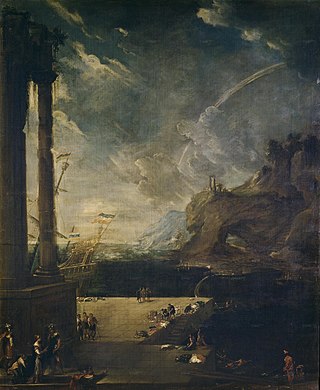
Benito Manuel Agüero (1624–1668) was a Spanish painter of the Baroque period, active mainly in Madrid as a landscape and battle painter.

José de Bustamante y Guerra, sometimes referred to simply as Bustamante, was a Spanish naval officer, explorer, and politician.
Antonio Castrejon (1625–1690) was a Spanish painter.
The Royal Botanical Expedition to New Spain was a scientific expedition to survey the flora and fauna of the territories of New Spain between 1787 and 1803 and to establish a botanical garden. It was sponsored by King Charles III of Spain and headed by physician Martín Sessé y Lacasta, who led a team of botanists that included José Mariano Mociño and is part of the crown's general program of economic revitalization, known as the Bourbon Reforms. The expedition, commonly referred to by botanists as the Sessé and Mociño expedition, identified many species new to science and brought back a large trove of valuable botanical illustrations. The expedition was "an undertaking that was to signal Spain's reassertion of its colonial might and of its relevance to the Enlightenment."

Fernando Brambila, or Ferdinando Brambilla, was an Italian painter and engraver who spent most of his life in Spain, where he worked for the Royal Court. He is best known for his participation in the Malaspina Expedition.
Juan (Francisco) de Céspedes Ruiz was a Spanish conquistador who is known as the founder of the town of Pasca, Cundinamarca, in the south of the Bogotá savanna, Colombia. De Céspedes arrived in the Americas in 1521 and participated in the conquest of the Tairona and the foundation of Santa Marta under Rodrigo de Bastidas. From 1542 to 1543 and in 1546 he served as mayor of Bogotá and after that until 1570 as lieutenant general of the first president of Colombia. Juan de Céspedes married Isabel Romero, one of the first Spanish women who arrived at Colombian territories and had two legitimate sons and one daughter. His date of death is uncertain; in late 1573 or 1576.

José del Pozo was a Spanish painter; known primarily for his participation in the Malaspina Expedition. He spent most of his career in Peru. Some sources give his year of death as 1830.
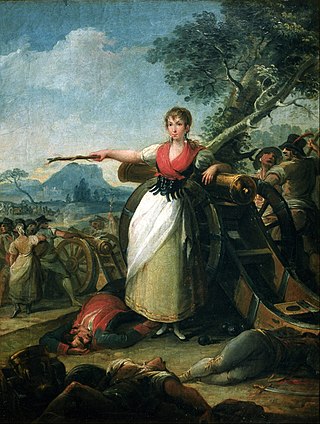
Juan Gálvez was a Spanish artist who served as court painter for King Ferdinand VII and Director of the Real Academia de Bellas Artes de San Fernando.
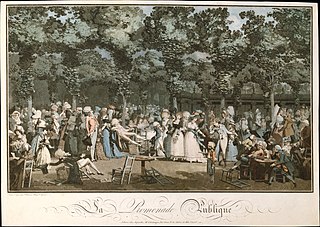
European printmaking in the 18th century grew greatly in quantity, and generally had high levels of technical skill. But original artistic printmaking declined, with reproductive prints becoming the majority. Many printmakers mixed intaglio printing techniques on the same plates with great skill. The generally reduced level of artistic creativity in printmaking changed at the end of the century with the great print series of Goya, whose career stretched into the 1820s but is all covered here. Goya is usually taken as the end of the old master print era, to which the 18th century added relatively little.
![]() Media related to Juan Ravenet at Wikimedia Commons
Media related to Juan Ravenet at Wikimedia Commons